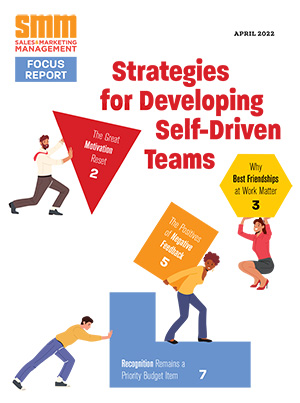The U.S. meetings industry has recovered from the corporate travel cutbacks of the 2008 recession, but meetings will never be the same, according to a new study by software developer The Active Network (ActiveNetwork.com).
Active Network’s Business Solutions Group studied meeting planning patterns in five key destinations over the past four years in their latest study, “Event Trends: 2008-2012.” The data suggest that organizations have reinvented their event-sourcing practices to fit today’s corporate cost-control and savings goals. The study shows that requests for meeting proposals are now exceeding pre-recession levels but companies are:
• Meeting smaller by paring the number of people attending events, often to under 50
• Meeting shorter by reducing event length to same-or one-day meetings
• Planning on the fly by sourcing for meeting services with less lead time in order to accommodate fluctuating event budgets
The rebound
After plunging precipitously between 2008 and 2009 as the economy went into a tailspin, average monthly unique electronic requests for proposal (eRFPs) across the five cities in the study — Chicago, Las Vegas, Los Angeles, New York and Orlando — surpassed 2008 levels by 6 percent during the first 10 months of 2012. More significantly, the total eRFPs received through October 2012 stood 46 percent higher than the recessionary low-mark in 2009, illustrating the dramatic scale of the recovery.
Small is practical
Half of all 2012 eRFPs tracked across the study’s five cities were for meetings under 50 people, representing a 5 percent increase compared to 2008. Over the same period, the number of events with 51 to 100 and 101 to 250 attendees fell by 2 percent and 3 percent, respectively. The shift to smaller meetings, enabling savings on airfare, hotel and food and beverage costs, requires a different strategy for sourcing hotels and venues.
Same-day and one-day events now represent more than one-third (35 percent) of eRFPs, up 14 percent from 2008, showing a clear migration by companies to shorten events to cut down on costs. In addition, two- and three-day events fell from 46 percent of eRFPs in 2008 to 40 percent in 2012. The trend is expected to fuel the demand for mobile applications that streamline meeting tasks, such as downloading agendas and providing session feedback, to help attendees do more with less time.
Lead times shrinking
A full 30 percent of eRFP lead times in the first 10 months of 2012 were just 60 days or less, up from 27 percent in 2008. Likewise, lead times of 121 days and more fell from 41 percent to 38 percent over the same time frame. The shorter lead times reflect delays in meetings budget approvals as companies watch their wallets more closely, requiring hotels to be quicker on their feet and planners to narrow their focus accordingly.
Trends differ by city
Changes in eRFP meeting size, event duration and sourcing lead time over the last four years vary from city to city. Studying the city-by-city trends identified in the study can help both hotels and meeting planners make more informed decisions about promotions and destinations.
The data used for the Event Trends: 2008-2012 analysis was drawn from nearly 36,000 unique eRFPs sent via Active Network’s StarCite Supplier Marketplace to a statically relevant sample of hotels located in each of the five cities from January 2008 through October 2012.
The eRFPs represent Active Network customers in a wide variety of industries. GRAPHIC: Event Trends: 2008-2012, ActiveNetwork.com


